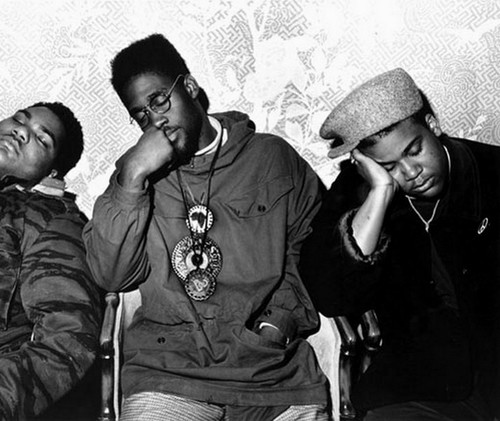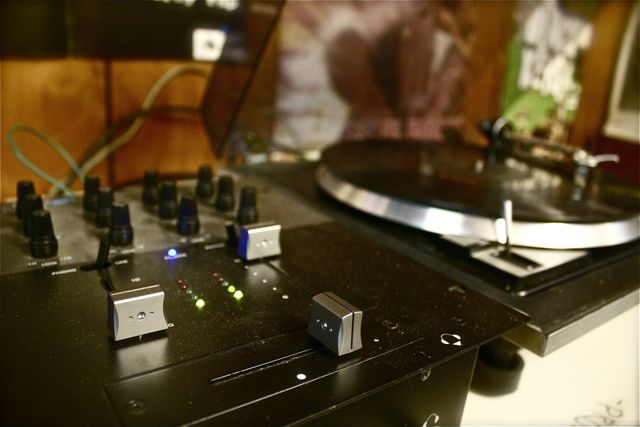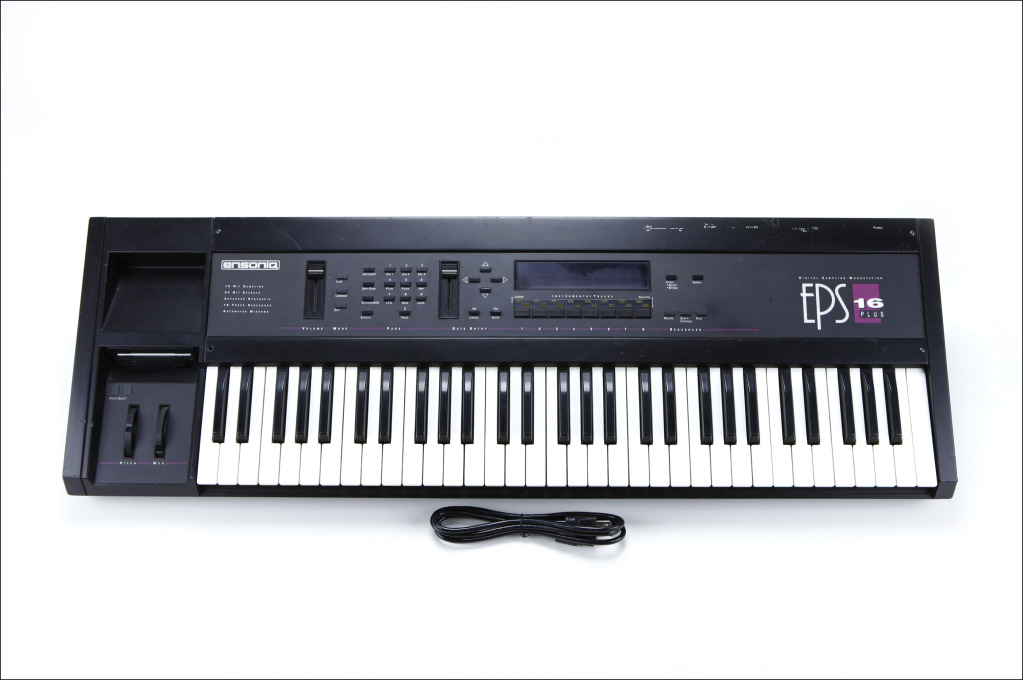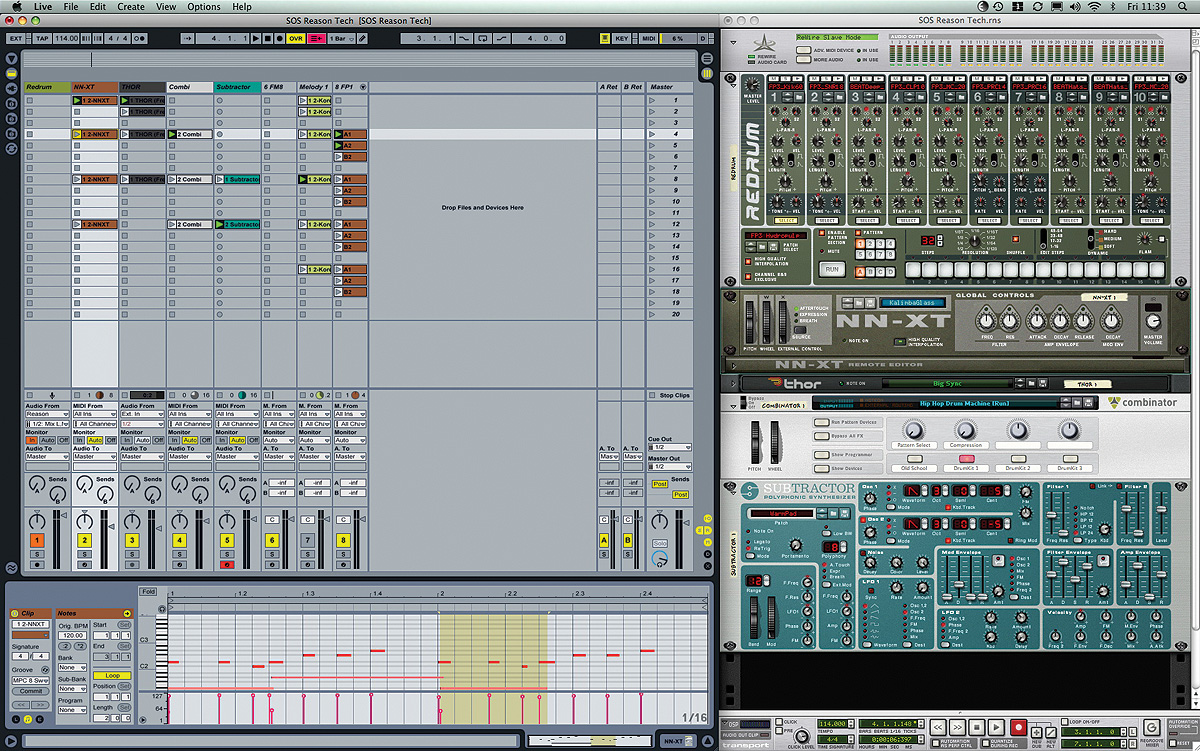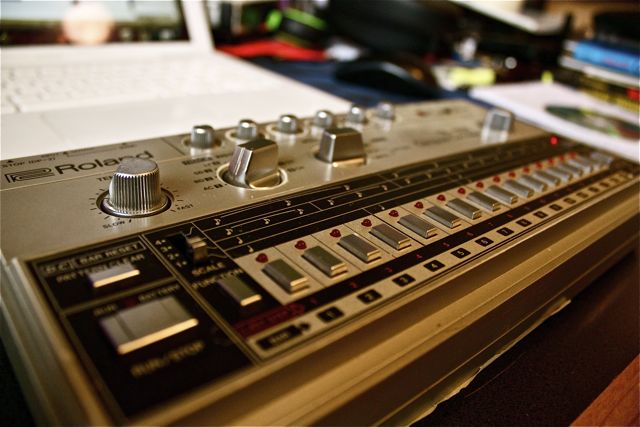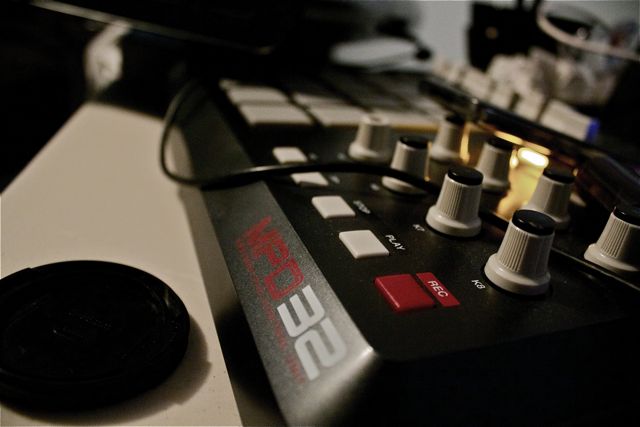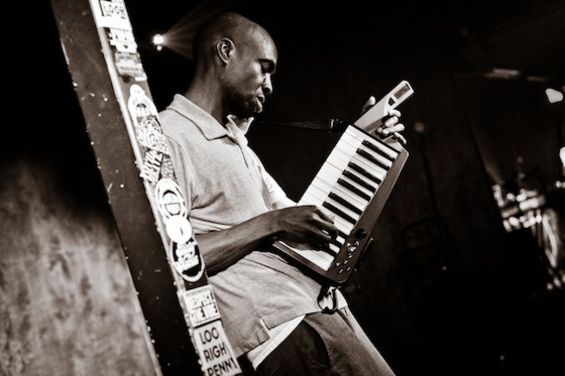De La Soul Just Won: And Here’s Why
Today was the 25th anniversary of De La Soul’s classic debut album, 3 Feet High and Rising. I’ve owned the album, on cassette mind you, since it was released and definitely view it as one of the most influential albums of all time. From the selection of bugged out samples; to the invention of skits; to the “every-other-bar” rhyme patterns–De La Soul was eclectic and innovative. To top it off, they were arguably the first hip-hop group to make it ok to be a little…weird. Their landmark single “Me, Myself, and I” epitomized how comfortable they were being themselves and not participating in the gold chain infested hip-hop look that their contemporaries were promoting at the time. Needless to say, 3 Feet High and Rising took off.
How to Try Out New Gear Without Buying It
About a year ago, I was trying to find an alternate way to trigger samples on stage. Although I usually have a laptop and midi controller on stage with me anyway, I wanted to use something different and smaller. A few people suggested I look into the SP-404, so I started researching its features and specs online. I was really close to buying one but decided to hold off at the last minute because it was in that price range that makes you think about it (i.e. $250 and up).
Blueprint presents “Fan Questions: Episode 4”
The fourth installment of the Fan Questions series. In this episode I answers questions about what made me good at other genres of music, whether I let people hear my lyrics ahead of time, what I thinks analog recording gear, and what caused inspired me to change my style.
Word is Blog
VIDEO: Boom Bap Heroes Vol 1 ASR 10
This is a fresh short documentary I stumbled upon about the Ensoniq ASR-10 workstation. The machine has a lot of hip-hop history in hip-hop, so if you’re a student of production you should definitely check it out.
Word is Blog.
How Long Does it Take to Find Good Samples?
It would be an understatement to say I’ve been digging for samples for a long time. I got my first crate in 1995, before I even had a way to make beats. I didn’t know exactly what to do with the records, but everything I had heard about making beats told me I needed good records to make them. So without putting much thought into it, I got some records and I started my mission as a crate digger.
Over the next ten years, I went from one crate to six or seven crates; from six or seven crates to about twenty crates; and now I have a room full of records that I estimate to be about three to four thousand. While I have personally invested a good amount of money into records, about 25%-40% of my vinyl collection was actually given to me by friends and family who didn’t listen to it anymore and just wanted it gone. Their loss was my gain. Oddly enough, I don’t really get off on having a lot of records, I view it more as a consequence of my style of production; when sampling is the backbone of your style of production, you have to have as much source material as possible.
Blueprint presents “Fan Questions: Episode 3”
http://www.youtube.com/watch?v=YrlmdohML_c
In this episode of “Fan Questions” I answer fan questions about my first rhyme, the ideal length for an opening set, the diversity of fans at my shows, and whether I writes just to write or if I always write to beats.
Subscribe to the channel: http://youtube.com/weightlessrecordings
The Necessary Evolution of a Beat Fiend
Change is difficult. Especially in an area like production, which tends to lend itself to establishing a set routine and workflow. While what we call “beginner’s luck” exists in almost every field, the advances in production technology have made it almost impossible to turn on an unknown piece of gear and make a great beat your first time out. Producers have to get their study on nowadays. Mastering their craft requires them to not only read those boring manuals nobody else wants to read, it also requires them to sacrifice a great deal of their social lives.
So it should come as no surprise that most producers are very hesitant to move away from the workstations they’ve had success with. Just the thought of not using their favorite machine is enough to make some producers tense up. For some guys, changing gear is as easy as learning how to drive on a stick shift and switching to an automatic; for others, it’s like learning how to drive in America, but suddenly being forced to drive in England on the opposite side of the road (and car).
But as uncomfortable as it sounds, I’ve had to do it several times.
Blueprint presents “Fan Questions: Episode Two”
Time for the second weekly installment of my “Fan Questions” video series, where I answer the questions my fans send me. This episode covers the influence of beats vs lyrics, staying down to earth, and violence and ignorance in hip-hop.
Five Differences Between Reason and Ableton Live
Since switching my production from Reason 4.0 over to Ableton Live 8.0 a couple of months ago, I’ve been asked by quite a few people to explain the biggest differences are between the two programs. As one would expect, there are a lot of technical differences between the two programs–most of which would be too nerdy/technical to write about here–but I would like to speak about the differences between the two programs at a really high level. My concern is that getting too technical will turn it into something that only few people can understand, so this post will just speak about the pros and cons of each program.
I would also like to preface this by saying that I am not a master at either program. I’ve been using Reason for seven or eight years, but there were a lot of things I never learned or used in the program. I’ve only been using Ableton Live for two months, and clearly that is not enough time to master the program either.
That said, here we go.
How I Created My Mobile Studio
I made a post a couple of months ago titled I Don’t Want a Traditional Studio Anymore that was about my desire to move away from being physically tied to my home studio space. I had realized that I would never be able to maximize my creativity as long my creative output was tied to being in my studio. I don’t resent my studio space–it has allowed me to make a lot of great music–it just doesn’t allow me the flexibility I would like to have in creating music.
That realization was the catalyst for the mission I have been on for the past two months: to create a mobile studio setup that allows me to create music anywhere I may be. I am happy to say that I’ve completed that mission. I now have a mobile studio setup that I am very happy with. In this post, I will detail what I’m using for those that are interested in trying the same thing.
Blueprint presents “Fan Questions: Episode 1”
Last friday, I got on facebook and twitter to asked my fans to ask me as many questions as possible for a videoblog I wanted to make. They were good sports and responded with a gang of good questions. The result is the first episode of Blueprint presents Fan Questions. This new series will be posted every Friday. If you asked a question at the beginning, tune in for your answers. If you haven’t joined in, hit up my Facebook or Twitter, or leave it in the comments here.
Fear Comes in Many Disguises
Although I love the fact that I have been able to create a career as an independent artist and entrepreneur, it is not a perfect career by any means. That imperfection lies in the fact that art, and people’s perception of it, can change at any time. Although there is definitely structure and institution within the music industry, music itself is not a fixed commodity; it changes as our culture changes. New trends pop up, in many instances overnight, and change the way we perceive everything that existed before their arrival. The positive side is that new stars and styles are created, but the negative side is that the existing artists and styles are often displaced.
The Last Five Albums That I Bought: November 2013
Its been a while since I’ve done one of these posts. Not that I haven’t been picking up any new albums the past several months, I think it’s more that I haven’t had much time to sit down and write about them. But now that I’m getting back on top of my writing again, let’s do this!
5. Atoms For Peace “AMOK”

For those that don’t know, Atoms For Peace is actually a side project of Radiohead members Thom Yorke and Nigel Godrich, Redhot Chilli Peppers basssist Flea, and a couple other cats from established bands. I’m a big Radiohead fan so picking this album up was pretty much inevitable.
Looking for Some Session Musicians
One of the early benefits of attempting to change my home production setup into a more mobile one is that it has made me question all parts of my creative process. I’ve realized that there are certain points in my process where the momentum I have in creating art comes to a standstill. In most instances, this is caused by a technical flaw in my workflow. A example of something like this would be not having enough midi inputs or cables to connect a drum machine that I really like. The fact that the drum machine isn’t connected all the time makes connecting it an inconvenience, and therefore reduces the likelihood I’ll use it.
I Don’t Want A Traditional Studio Anymore
There was a time, back when I was living in a small one bedroom apartment, that all I dreamt about was having more space (and time) to do music. Back then all I had was my MPC-2000, an 8-track recorder, a pair of studio monitors, and my record collection. It wasn’t much but I did a lot with it. The fact that I had to keep all that stuff in my bedroom meant that there was a limit to the gear and space I could dedicate to my musical endeavors. I had a decent vinyl collection in my living room, but it wasn’t anything too crazy because the space I was living in didn’t allow it.
With success came the ability to move into a larger space, which is the house I live in now. I realized that I finally had the room to expand my studio space into what I had always dreamed about, so I did. About three-quarters of my basement is dedicated to music in some way. One room in my basement (“the record room”) is dedicated entirely to records and is about 15-feet by 12-feet in size — larger than the entire bedroom I once did ALL of my music in and slept in. The second room, that I now do all my music in, is at least twice that size. The only room in my basement that isn’t dedicated to music in some way is my laundry room.
